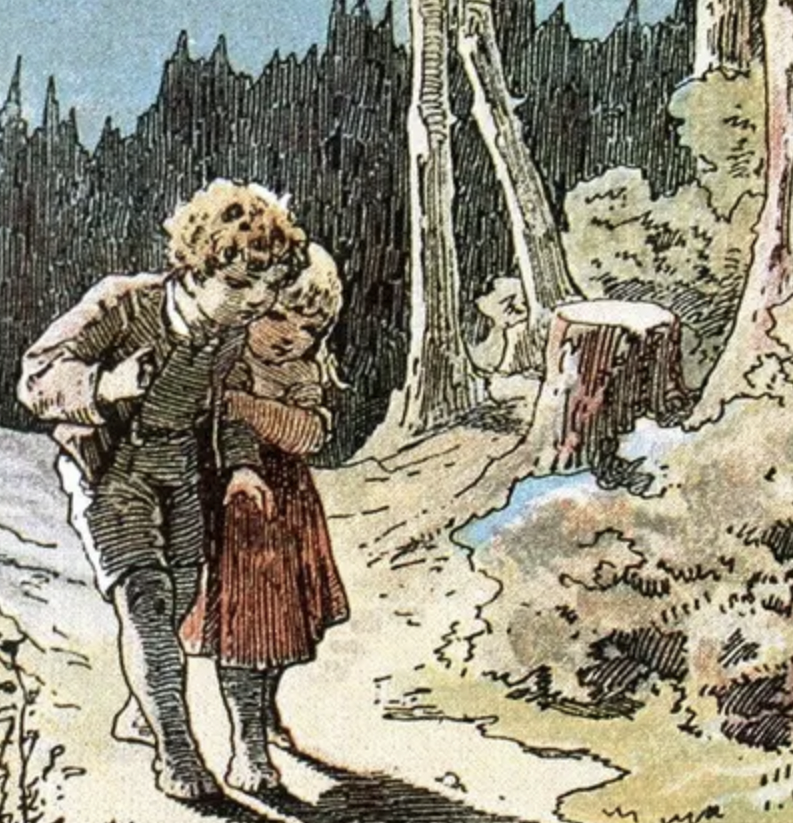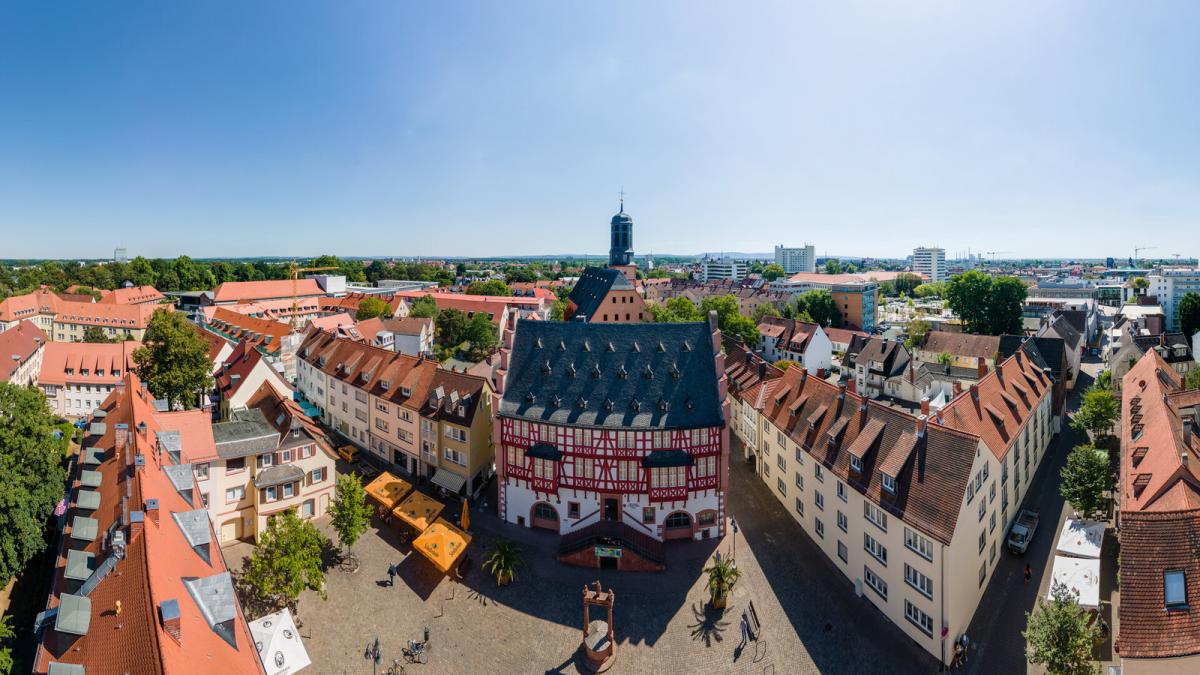19th Century British Literature--Fall 2022 Dashboard
Description
A COVE group for 19th Century British Literature, University of Detroit Mercy.
Galleries, Timelines, and Maps
There is no content in this group.
Individual Entries
In 1849 Prince Albert who was president of the Royal Society of Arts desired to create an intricate exhibit that allowed both Britain and other international exhibitors the opportunity to showcase their works and inventions. In order to house what would be known as the Great Exhibition of 1851 Prince Albert decided to build a new structure within Hyde Park in London. After many months of planning, and diligently reviewing architectural submissions Prince Albert selected Sir Joseph Paxton's design, and construction began. The structure was intricately made of cast iron and glass which allowed light to shine in from all angles. The ground space of the building was so large it allowed for eight miles worth of gallery and exhibition tables to be on display. The Crystal Palace was completed within five months, and on May 1, 1851 the Great Exhibition was open to the public. The exhibit would remain open a total of five months (ended October 11, 1851), and drew in over six million...
more
By the time the story of Hansel and Gretel reached our ears it involved a witch, a candy house, and a happy ending. In the original there was murder, child abandonment, attempted cannibalism, and enslaved children. The time period of 1314 to 1322 was deemed The Great Famine in the Baltic regine, there was a famine that spread across Europe due to volcanic activity causing crop failure. It is estimated 30 million people died and 25% of the population was killed off globally. Older people chose to starve themselves to death, while some mothers abandoned or ate their children. People also often dug up graves and fed on the flesh of those who had passed. This is the reality of how the story of Hansel and Gretel was formed. The direct source for the story was Henriette Dorothea Wild who...
moreThe Grimm brothers spent their whole lives together and naturally they died in the same place as well. Wilhelm Grimm, who had spent most of his life being ill, died of an infection in 1859, at the age of 73. Jacob Grimm became a retired recluse shortly after his brothers death and eventually died of natural causes in 1863, at age 78. He worked everyday to then end of his life and stated this in his autobiography.
"Nearly all my labors have been devoted, either directly or indirectly, to the investigation of our earlier language, poetry and laws. These studies may have appeared to many, and may still appear, useless; to me they have always seemed a noble and earnest task, definitely and inseparably connected with our common fatherland, and calculated to foster the love of it. My principle has always been in these investigations to under-value nothing, but to utilize the small for the illustration of the great, the popular tradition for the elucidation of the written monuments...
moreHanau, Germany is known as the birthplace of the Grimm brothers. However it was formerly a territory in the Holy Roman Empire, on October 30th in 1813 the city hosted a battle between Napoleon’s troops and Austrians and Bavarians. After WWII most of the city had to be remodeled but still conform to the city's rich history .Today it is considered the start of Deutsche Märchenstraße (Deutsche March-en-strase) or in English, Fairy Tale Road. A widely popular tourist scene for many for its Grimm brother annual festival and fairytale like scenery.
https://www.britannica.com/place/Hanau
https://www.germany-insider-facts.com/hanau-germany.html
 ...
...
The Montagu House
This was the site of the Montagu house, the property that acted as the first home of The British Museum’s collection. It was in this expansive mansion that John Keats and all contemporary visitors would have encountered the Elgin Marbles.
The land upon which the estate is located was sold to Ralph Montagu, the First Duke of Montagu, in 1675. He had this home designed by Robert Hooke. Construction of the estate began in 1677, with the mansion not fully complete until 1686, after a fire destroyed the original building and...
moreMary Shelley was in Geneva when she thought of the story of Frankenstein. Mary was with her husband Percy Shelley, her friend Lord Bryon, and physician John Polidori, intially on vacation before being trapped indoors by inconvient weather.
